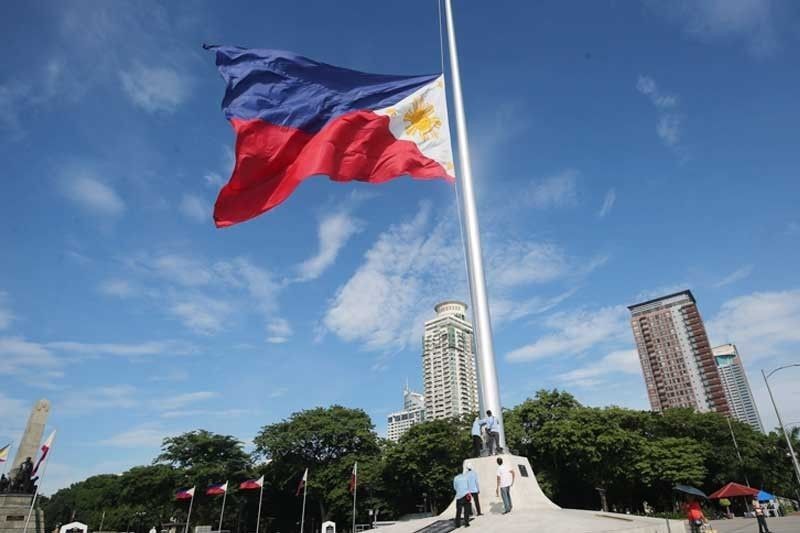Fitch unit sees ‘modest’ economic growth in 2020

MANILA, Philippines — The Philippine economy is set to rebound modestly in 2020 following a slowdown in 2019, according to a Fitch unit, which upgraded its growth outlook on the country for this year.
Gross domestic product — or the value of all finished goods and services produced in the country — expanded 6.4% in the fourth quarter, quicker than the downwardly revised 6% in the preceding three months and the fastest rate since the 6.5% growth clocked in the first quarter.
In 2019, GDP growth averaged 5.9%, missing the government's 6%-6.5% goal for the year. The latest full-year print also snapped the seven-year above 6% growth streak and was the slowest pace since 2011’s 3.7%.
In an analysis sent to reporters Friday, Fitch Solutions said it expects the economy to expand 6.3% this year, higher than its previous forecast of 6.1%, on the back of heightened government spending and lower interest rates.
“[A] strong Q419 growth print... indicates that the stimulus implemented by the government and central bank (BSP) is having the desired effect of supporting the economy,” Fitch Solutions said.
“Looking ahead, we expect base effects, the combined stimulus of ramped-up fiscal expenditure and looser monetary conditions, as well as a modest improvement in the external demand, to contribute to a stronger 2020 real GDP growth print,” it added.
'Weak' capital formation a risk
The economy slowed down in the first half of 2019 after the delayed approval of the national budget left new projects unfunded and disrupted state spending.
But the economy managed to rebound in the second half amid a sluggish recovery in government spending and robust household consumption fueled by looser monetary policy settings.
At a press conference, Socioeconomic Planning Secretary Ernesto Pernia said that based on his “guesstimate”, growth last year could have hit as high as 7% had the 2019 budget been passed in time.
In the same report, Fitch Solutions said weak capital formation could pose “some potential downside risks” to its outlook as the Philippines struggles to lure foreign direct investments.
“Despite an ongoing relocation of manufacturing from China as part of the trade tensions with US, the Philippines has failed to attract the investment that some its regional peers have been able to achieve,” the Fitch unit.
“We see two key factors behind the FDI slowdown; the first is the ongoing uncertainty surrounding government contracts... The second factor is the still-to-be-passed tax reform plan, the Comprehensive Tax Reform Program (CTRP), which seeks to lower the corporate income tax,” it added.
Last month, the inter-agency Development Budget Coordination Committee, or DBCC, kept its 2020 economic growth target at 6.5%-7.5%.
But for 2021 until 2022, the DBCC said they are now targeting a GDP growth of 6.5%-7.5%, abandoning their original goal of 7%-8%.
- Latest
- Trending






























